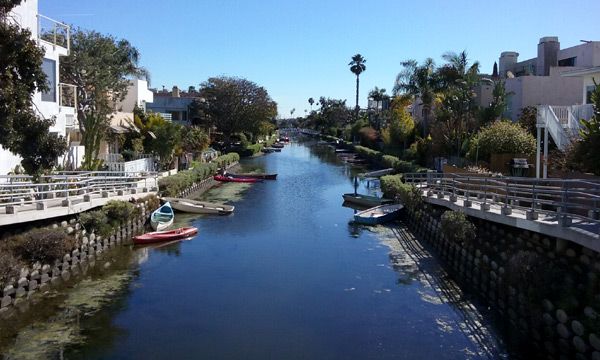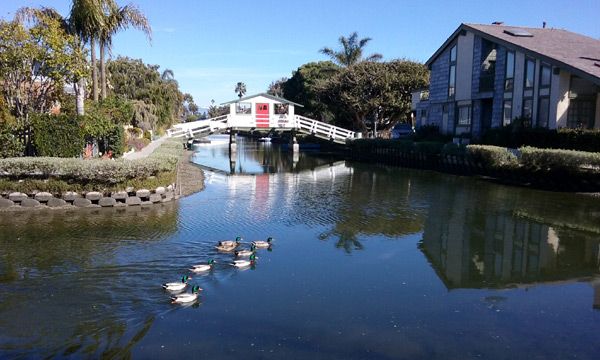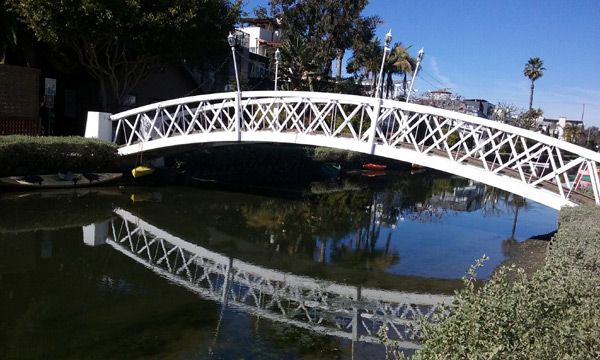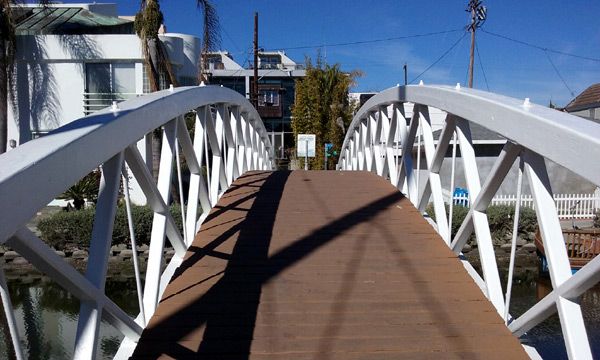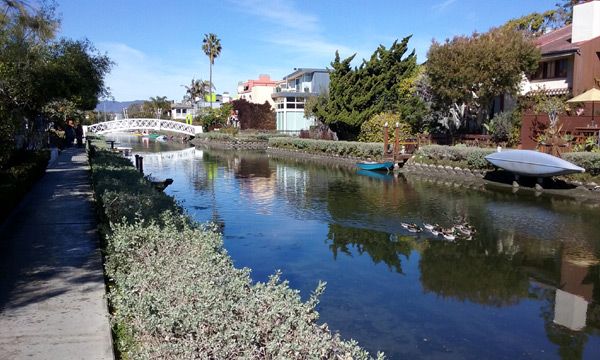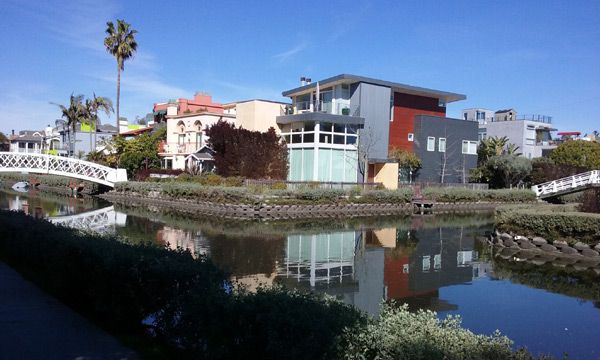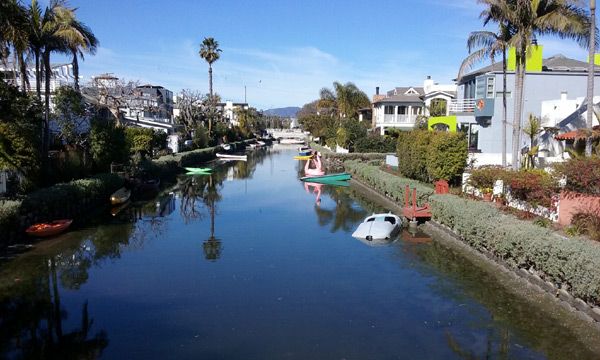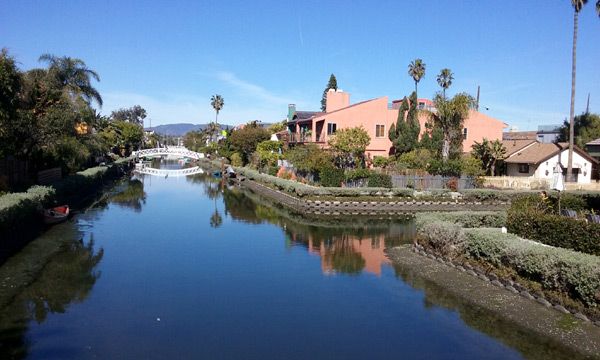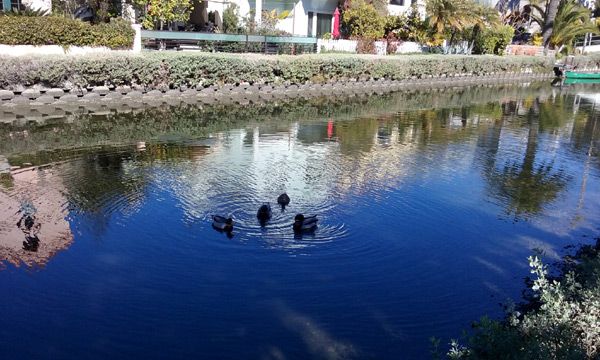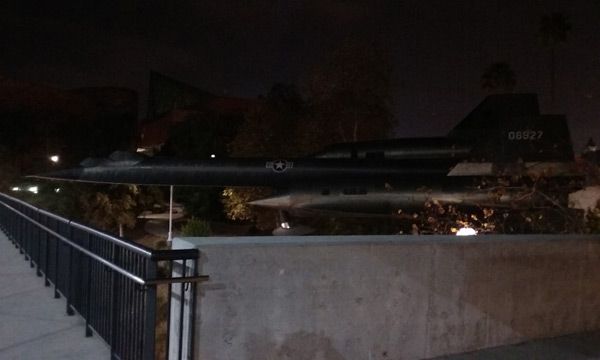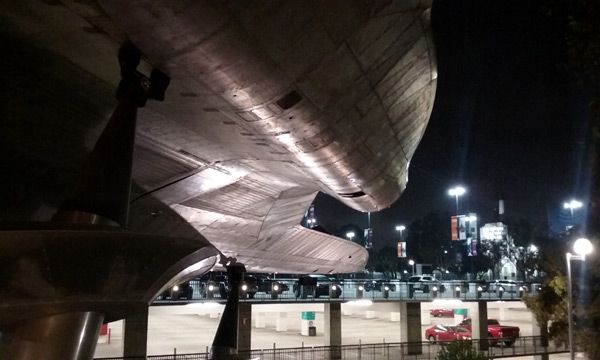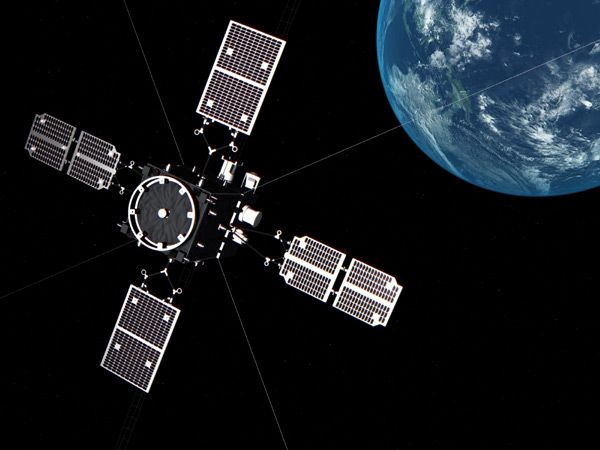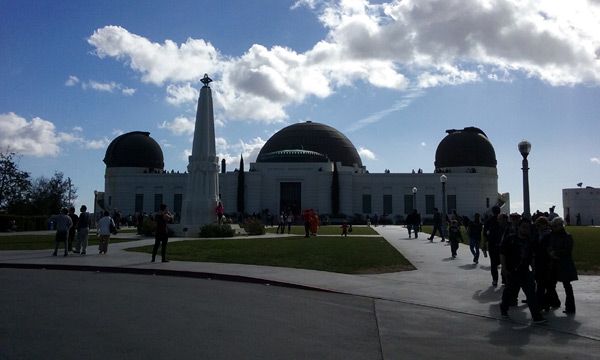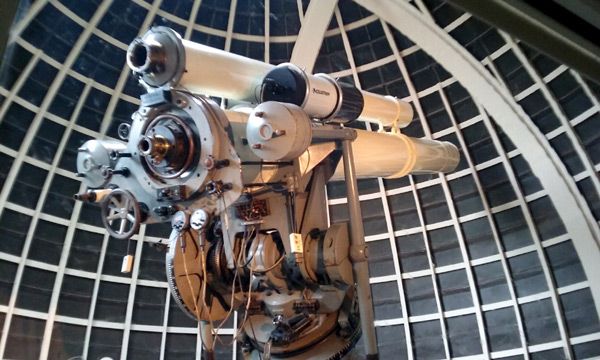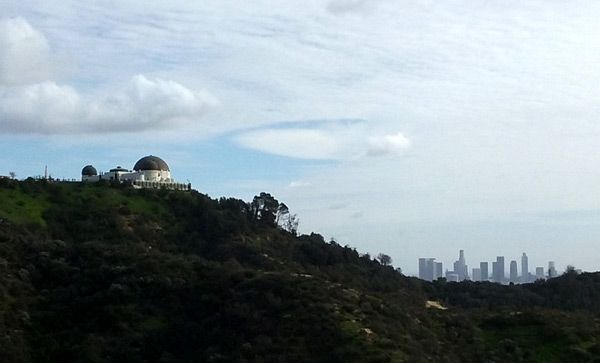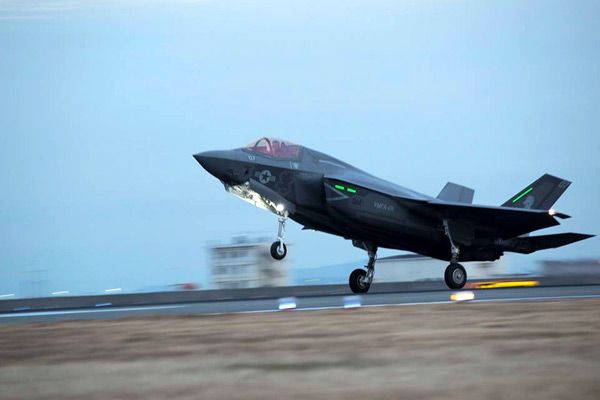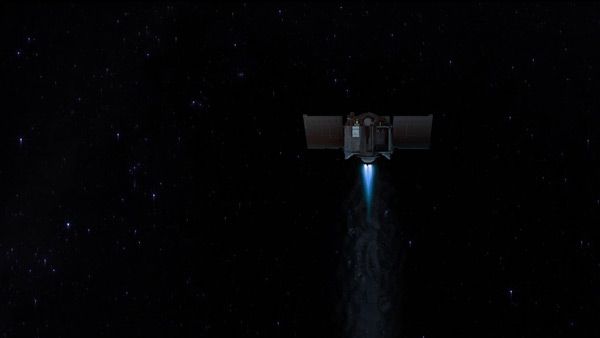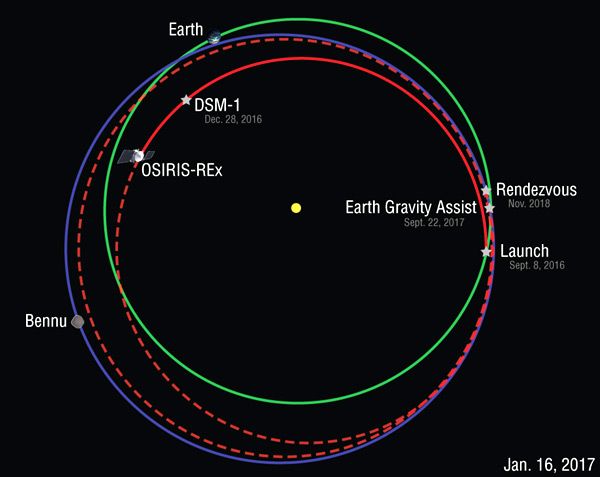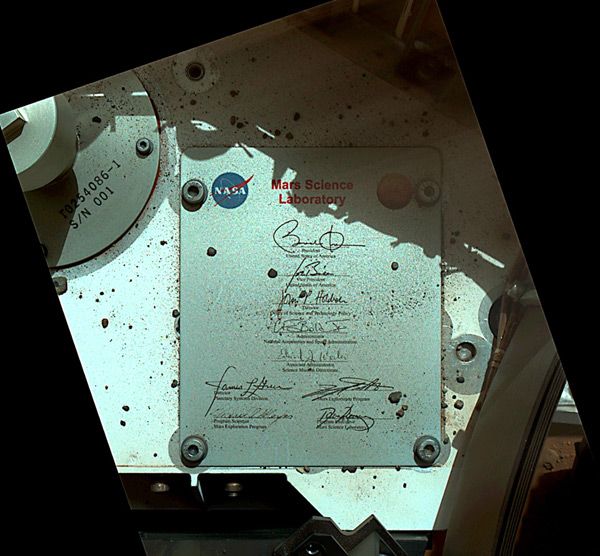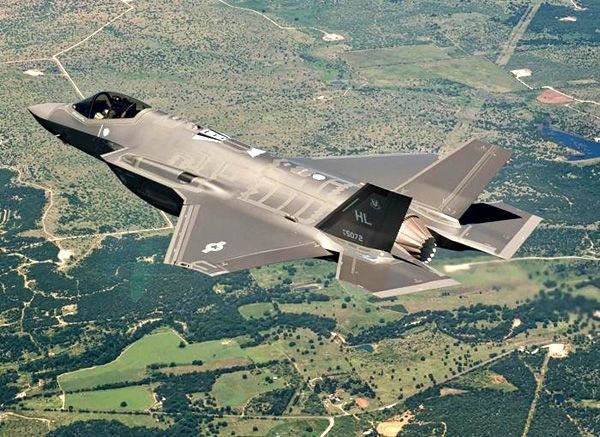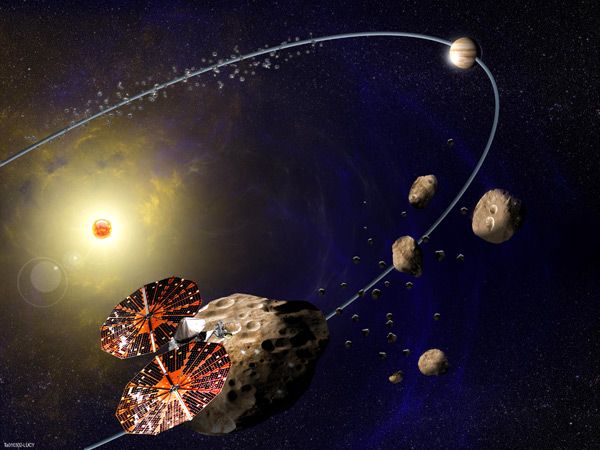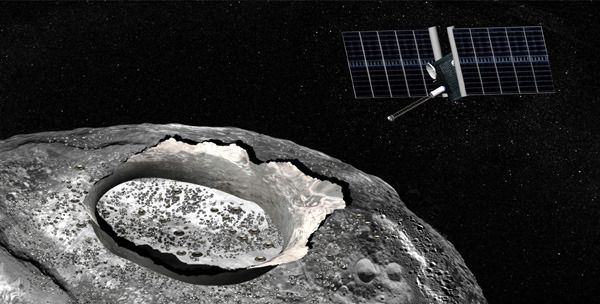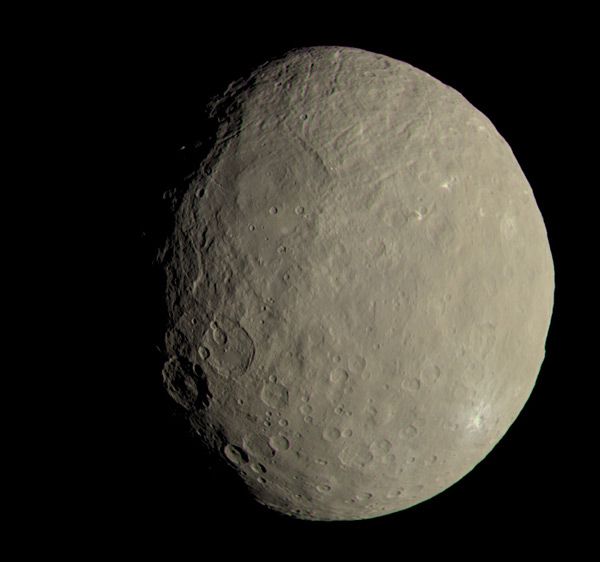 NASA / JPL - Caltech / UCLA / MPS / DLR / IDA
Just thought I'd commemorate
NASA / JPL - Caltech / UCLA / MPS / DLR / IDA
Just thought I'd commemorate the start of 2017 by mentioning that today marks 216 years since dwarf planet Ceres was discovered by Italian astronomer Giuseppe Piazzi. This September
celebrates 10 years since NASA's
Dawn spacecraft was launched from Cape Canaveral Air Force Station in Florida to investigate this intriguing world! More details on the Ceres anniversary below...
****
Ceres: Keeping Well-Guarded Secrets for 215 216 Years (News Release - January 26, 2016)
New Year's Day, 1801, the dawn of the 19th century, was a historic moment for astronomy, and for a space mission called
Dawn more than 200 years later. That night, Giuseppe Piazzi pointed his telescope at the sky and observed a distant object that we now know as Ceres.
Today, NASA's Dawn mission allows us to see Ceres in exquisite detail. From the images Dawn has taken over the past year, we know Ceres is a heavily cratered body with diverse features on its surface that include a tall, cone-shaped mountain and more than 130 reflective patches of material that is likely salt. But on that fateful evening in 1801, Piazzi wasn't sure what he was seeing when he noticed a small, faint light through his telescope.
"When Piazzi discovered Ceres, exploring it was beyond imagination. More than two centuries later, NASA dispatched a machine on a cosmic journey of more than 3 billion miles to reach the distant, mysterious world he glimpsed," said Marc Rayman, mission director and chief engineer for Dawn at NASA's Jet Propulsion Laboratory, Pasadena, California.
Piazzi was the director of the Palermo Observatory in Sicily, Italy, which has collected documents and instruments from the astronomer's time, and published a booklet on the discovery of Ceres. According to the observatory, Piazzi had been working on a catalog of star positions on January 1, 1801, when he noticed something whose "light was a little faint and colored as Jupiter." He looked for it again on subsequent nights and saw that its position changed slightly.
What was this object? Piazzi wrote to fellow astronomers Johann Elert Bode and Barnaba Oriani to tell them he had discovered a comet.
"I have presented this star as a comet, but owing to its lack of nebulosity, and to its motion being so slow and rather uniform, I feel in the heart that it could be something better than a comet, perhaps. However, I should be very careful in passing this conjecture to the public," Piazzi wrote to Oriani.
A Missing Planet?
Piazzi didn't entirely keep this secret. He told the press that this object was a comet, but did not provide data from his observations, which generated criticism from other astronomers. Piazzi then became sick for a time, and said he could not observe the object any more.
As newspapers spread the word that a comet had been found, astronomer Jerome de Lalande, based in Paris, wrote to Piazzi requesting relevant data in February. The Italian astronomer obliged in April, after recovering from his illness. One of Lalande's students, Johann Karl Burckhardt, performed calculations that revealed Piazzi's discovery did not have an orbit consistent with a comet's orbit. Instead, the data appeared to better fit a circular orbit.
Of course, there was no email in those days, and letters that Piazzi wrote to his friends Bode and Oriani about the so-called comet were delayed due to the Napoleonic Wars. They finally reached the astronomers in March.
The news was especially interesting to Bode because he had championed the Titius-Bode hypothesis: that the positions of planets in our solar system follow a specific pattern, which predicts each planet's distance from the sun. Uranus, discovered in 1781, fit the prediction, too. But the pattern also demanded that there be a planet, yet undiscovered, between Mars and Jupiter.
To find this missing planet, a group of German astronomers had established a society called the "Celestial Police"
(Himmelspolizei in German), with Franz Xaver von Zach as its secretary, in 1800. There were 24 astronomers who each scoured a 15-degree piece of zodiacal sky for the missing object. However, Piazzi did not receive his invitation to join this group until after he had spotted Ceres.
Bode calculated an orbit based on Piazzi's data, and he believed that the object Piazzi saw was the missing planet that fit his formula
(which was later discredited). Oriani, meanwhile, also calculated an orbit, and on April 7 asked von Zach to publish the news in his well-known astronomy journal,
Monatliche Correspondenz, that such a planet may have been discovered.
Almost a 'Lost Comet'
As of spring 1801, besides Piazzi, no one had been able to observe the new celestial object because of cloudy skies and the object's position in its orbit -- it was no longer visible at night, and the sun blocked astronomers' views. Meanwhile, Piazzi still did not publish anything on the object, while he continued to refine his data. Several of his colleagues grew upset with Piazzi for holding back information. Without the data from his observations that concluded on Feb. 11, confirming his discovery would be more difficult -- since February, Ceres had been lost.
Why did Piazzi hesitate to make his data public? One reason might be that, though Piazzi was a skilled observer, he didn't have a solid theoretical knowledge of astronomy, so he couldn't calculate orbits quickly. Secondly, he risked the credibility and reputation of both himself and the observatory. But while he wavered, colleagues in Germany such as Bode firmly believed that there needed to be a planet between Mars and Jupiter. It was their conviction that helped keep the work going on this object, said Ileana Chinnici, who edited the Palermo Observatory's booklet on Ceres.
"Without the determination of the German astronomers, Piazzi would have been just the discoverer of a lost comet, in the best case. They 'believed' in the existence of the planet and were driven by the endeavor to confirm it. This shows how powerful are ideas, models, theories -- yesterday as well as today," Chinnici said.
The Search for Ceres
At last, in July 1801, Piazzi worked on calculating the object's orbit and made public his data about his observations from earlier in the year. And while other astronomers had already come up with their own names -- such as Juno, Hera and Piazzi
(to honor the astronomer) -- Piazzi himself announced that the "new star" was called Ceres Ferdinandea. The "Ferdinandea" part honored King Ferdinand of Sicily.
Ceres, the Roman goddess of agriculture, was also the patron deity of Sicily, where Piazzi then lived and worked. Bode, who had wanted to call the object Juno, agreed on Ceres: "You have discovered it in Taurus, and it was re-observed in Virgo, Ceres of the old times. These two constellations are the symbol of agriculture. This occurrence is quite unique."
By the end of July 1801, many astronomers believed Ceres was a planet, but they needed additional confirmation and observations. Piazzi published his complete data set in von Zach's journal in September and, by doing so, got the attention of a young mathematician who would become instrumental in the fate of Ceres.
Twenty-four-year-old Carl Friedrich Gauss had been experimenting with mathematical methods for which he would later become famous. When he applied those methods to Ceres, he came up with different predictions for its position than what others had calculated. Though some were skeptical about Gauss's results, his calculations enabled von Zach to be the first to see Ceres again, on Dec. 7, 1801, followed by other prominent astronomers of the time, and by Piazzi himself on February 23, 1802.
Asteroids: A New Category of Objects
We credit Gauss for calculating the orbit of Ceres. But he did not resolve a fundamental question: What is Ceres?
In March 1802, Heinrich Wilhelm Matthias Olbers discovered a second, similar object, which later became known as Pallas. William Herschel, one of the most famous astronomers in history, then wrote an essay proposing that both Ceres and Pallas represented an entirely new class of objects: asteroids. Herschel wrote of Ceres: "if we called it planet, it would not fill the space between Mars and Jupiter with the dignity required by that position."
Though Herschel considered it an achievement that Piazzi had encountered the first example of an asteroid, Piazzi was disappointed. He thought that Herschel, who had discovered Uranus, just wanted to downplay Ceres. Piazzi wrote to Oriani: "Be they called planetoides or cometoides then, but never asteroides.
[...] If an Asteroid Ceres must be called, so must also be called Uranus."
Nonetheless, the door had opened for many more asteroids to be observed. The discoveries of Juno in 1804 and Vesta in 1807
(which would later become the first target of NASA's Dawn mission) reinforced Herschel's notion that asteroids are a class of their own. Herschel coined the term "asteroid" because of their star-like appearance in telescopes. Today, we know there are hundreds of thousands of asteroids in the main asteroid belt between Mars and Jupiter.
Piazzi's Legacy
Piazzi could not have known that NASA's
Hubble Space Telescope would one day deliver many intriguing images of Ceres, allowing scientists to confirm that the body is, indeed, round like Earth. He could not imagine that in 2006, long after his death, the International Astronomical Union would upgrade Ceres from asteroid to dwarf planet, receiving the same classification as Pluto, which had not yet been discovered in his lifetime. He did not know that in 2007, NASA's Dawn mission would launch from a place called Cape Canaveral in Florida to embark on an unprecedented journey to orbit Vesta and Ceres.
He likely didn't imagine that a space observatory named after Herschel would find in 2013 that there is water vapor emanating from Ceres, following up on 1992 observations of hydroxide at Ceres from NASA's
International Ultraviolet Explorer.
Nor could he have guessed that on March 6, 2015, Dawn would be successfully captured into Ceres' orbit, and would spend the rest of the year sending photos and other valuable data back to Earth. He wouldn't know that scientists would use the Hubble Space Telescope's unique capabilities in November 2015 to observe Ceres in the ultraviolet spectrum, complementing Dawn's observations.
Now, as we commemorate the 215th 216th anniversary of Ceres' discovery this month, Dawn is observing the dwarf planet from its lowest orbit ever: 240 miles
(385 kilometers) from the surface. The many craters and other features that Piazzi could not see with his telescope are being named after agricultural deities or festivals, extending the theme that Piazzi began with the name "Ceres."
"Our knowledge, our capabilities, our reach and even our ambition all are far beyond what Piazzi could have imagined, and yet it is because of his discovery that we can apply them to learn more, not only about Ceres itself but also about the dawn of the solar system," Rayman said.
Dawn's mission is managed by the Jet Propulsion Laboratory for NASA's Science Mission Directorate in Washington. Dawn is a project of the directorate's Discovery Program, managed by NASA's Marshall Space Flight Center in Huntsville, Alabama. UCLA is responsible for overall Dawn mission science. Orbital ATK Inc., in Dulles, Virginia, designed and built the spacecraft. The German Aerospace Center, Max Planck Institute for Solar System Research, Italian Space Agency and Italian National Astrophysical Institute are international partners on the mission team.
Source: Jet Propulsion Laboratory
****
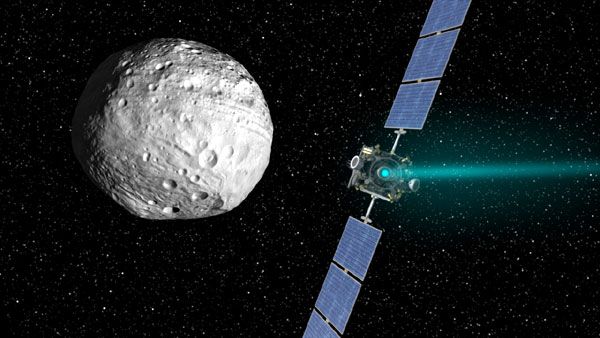 NASA / JPL - Caltech
NASA / JPL - Caltech





